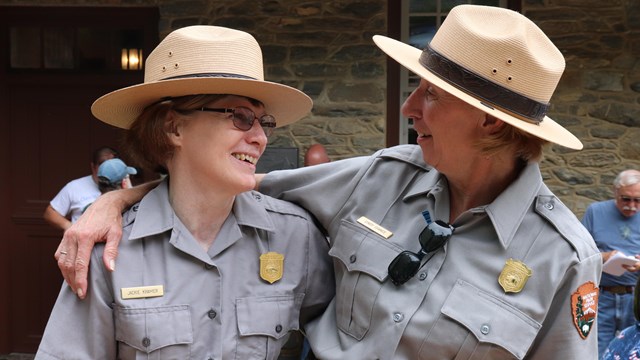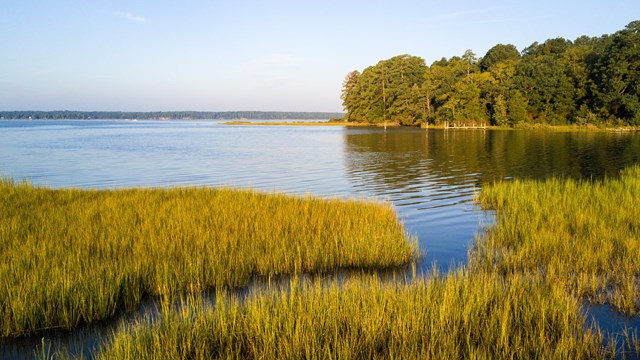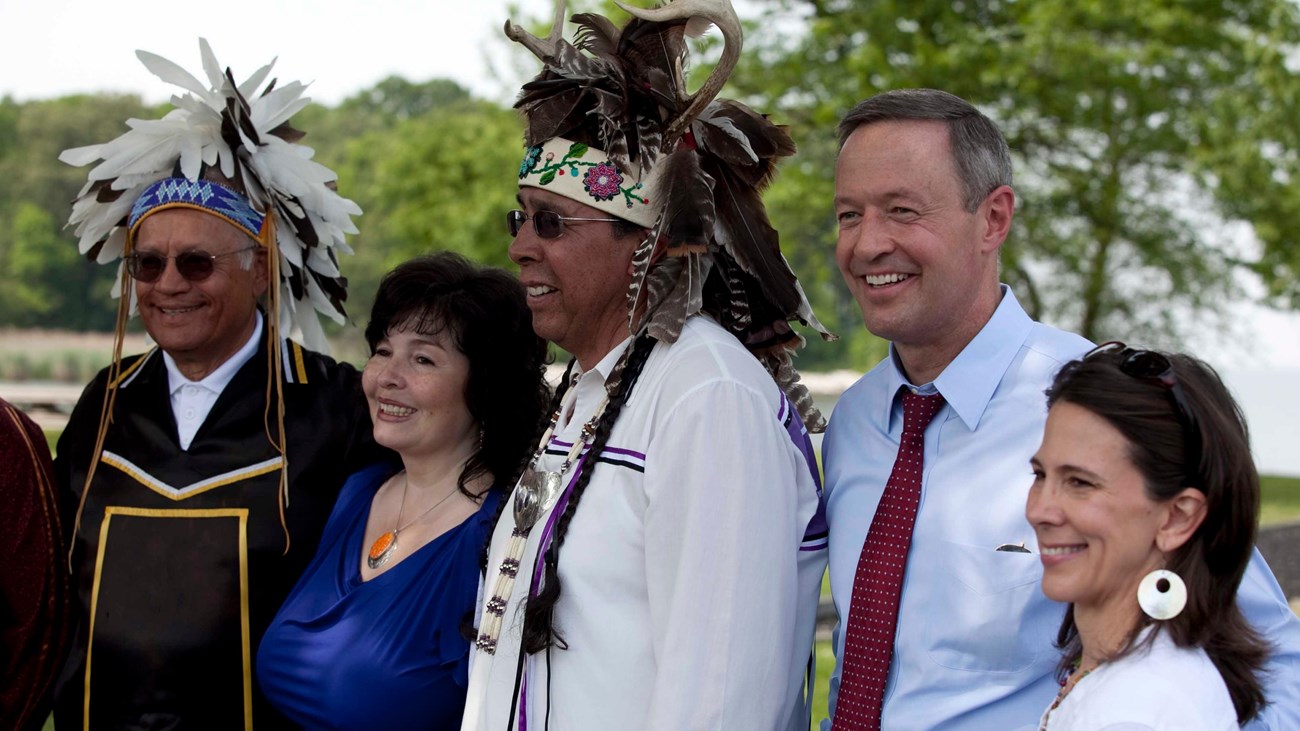History of the TrailThe Captain John Smith Chesapeake National Historic Trail was authorized by Congress in 2006 so that visitors to the Chesapeake Bay would understand the significance of John Smith's explorations, as well as about the American Indian towns and cultures of the time and descendant communities today. Moreover, visitors would come to appreciate and care for the natural life and landscape of this national treasure, America's largest estuary. It was the nation's first water-based National Trail. In 2012, Department of the Interior Secretary Ken Salazar extended the trail by some 850 miles by designating four additional water trails as historic connecting components: the Chester River, the Upper Nanticoke River, the Upper James River, and the Susquehanna River. In 2016, The Conservation Fund, a not-for profit 501(c)3 national conservation organization, purchased 264 acres of land in Gloucester County, Virginia, encompassing the historic site known as Werowocomoco. The Conservation Fund then sold the property to the National Park Service (NPS) to to be protected and stewarded by the Trail. Werowocomoco is an internationally significant cultural and archeological site on the York River. It has been a place of leadership and spiritual importance to American Indians since as early as 1200 AD. Originally headquartered in Annapolis, Maryland, the trail recently moved its headquarters to Virginia where it shares a facility with Colonial National Historic Park - Historic Jamestowne. 
Staff
View contact information for our staff and offices. 
Laws & Policies
Read the trail's policies regarding activities permitted on the Werowocomoco property. 
Trail Planning
View the latest updates on trail management, strategic plans, and foundational documents. |
Last updated: February 19, 2021
